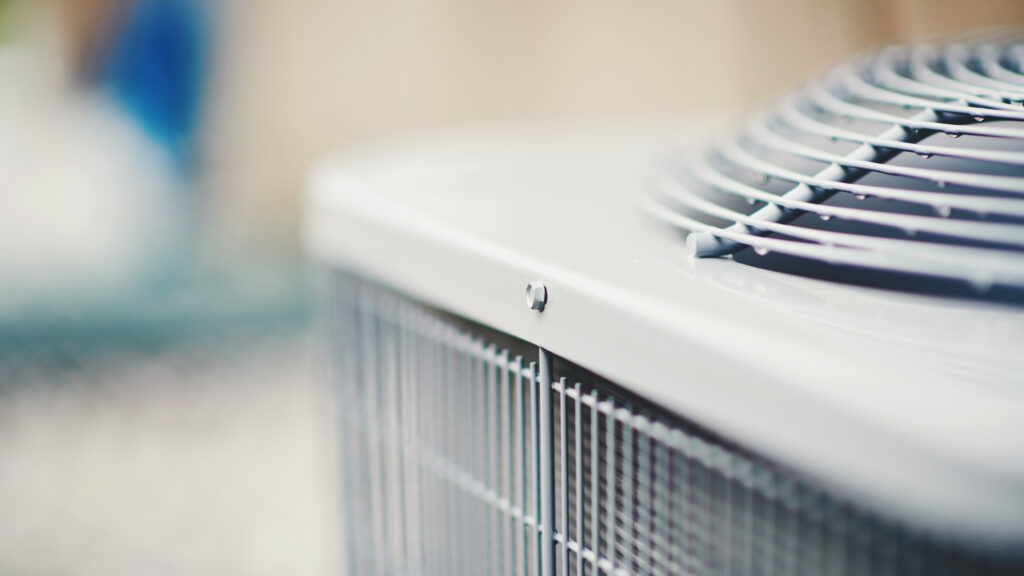24/7 Emergency Service
Everest offers 24/7 emergency service to ensure your home stays safe and comfortable no matter the time. Whether it's a heating, cooling, or plumbing issue, our expert technicians are ready to help with prompt, reliable service when you need it most.





